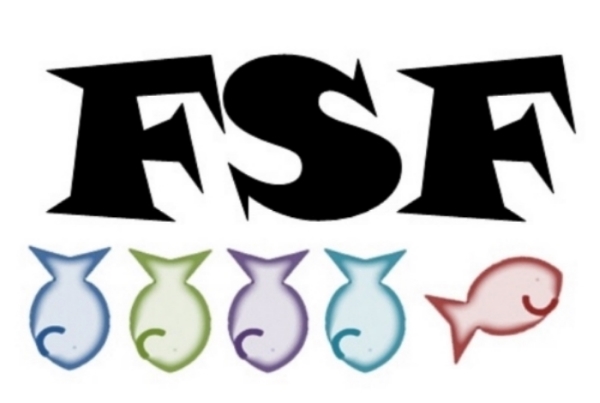We all have the one friend, the selfie addict. All parts of life must be recorded by having the person with the longest arm hold a phone/camera out to capture the tilted up faces of all people involved. I bet you never thought about just how complicated taking a selfie is until you read that sentence.
But there is something easier to still express yourself and visually show the world who you are - the shelfie. No, that is not a typo.
A shelfie, for those of you who are overthinking this and needing clarification, is defined by Urban Dictionary as “A picture or portrait of your bookshelf. Showcasing literature IN ALL IT'S GLORY!
(This term was originally defined by author Rick Riordan)”. And before any of you jump down my throat, yes, Urban Dictionary is a legitimate source in this instance.
Yesterday was National Library Shelfie Day (which falls on the fourth Wednesday of every January), tradition started by New York Public Library as a way to show diverse holidays through books on the subject. In case you didn’t notice, yesterday this unofficial holiday was celebrated on social media by myself, Kira Shay, and Sidney Reetz. But I want to take it a step further. What would the titles on the shelfies of some of the great heroes and heroines of literature looks like?
Jane Eyre: Flowers in the Attic by V.C. Andrews, Angela’s Ashes by Frank McCourt, Catching Fire by Suzanne Collins, The North York Moors: A Walking Guide (Cicerone British Walking) by Paddy Dillon
Susan Penensie: A Lion Called Christian by Anthony Bourke and John Rendall, 10 Steps to Declutter Your Wardrobe: Organize Your Closet in a Snap by Carrie Foster, Zen and the Art of Archery by Eugen Herrigel, Growing Up: It’s a Girl Thing by Mavis Jukes
Frankenstein’s Creature: Paradise Lost by John Milton, A Child Called It by Dave Pelzer, The Terror by Dan Simmons, Adult Children of Emotionally Immature Parents: How to Heal from Distant, Rejecting, or Self-Involved Parents by Lindsay C. Gibson
Tarzan: Outliers by Malcolm Gladwell, The Jungle Book by Rudyard Kipling, Where the Wild Things Are by Maurice Sendak, The Heart of Darkness by Joseph Conrad
Harry Potter: The Day Jimmy’s Boa Ate the Wash by Trinka Hakes Noble, On Death and Dying by Elisabeth Kubler-Ross, The Invisible Man by H.G. Wells, The Indian in the Cupboard by Lynn Reid Banks
Hannibal Lecter: Desperate Passage: The Donner Party's Perilous Journey West by Ethan Rarick, Joy of Cooking by Irma S. Rombauer, How to Win Friends and Influence People by Dale Carnegie, Mind Hunter by John Doulas and Mark Olshaker


